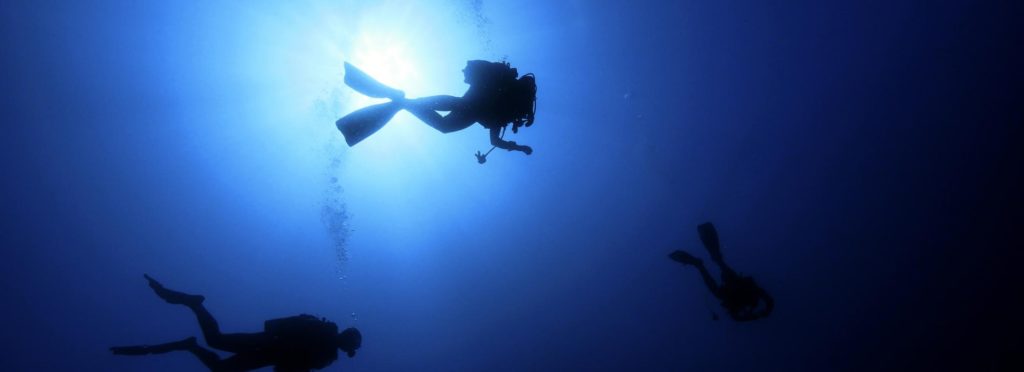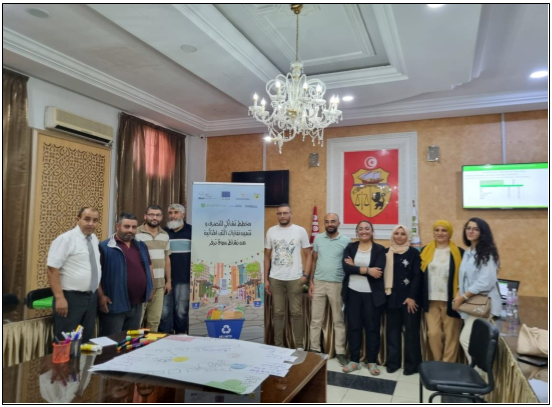ENVIRONMENT & CLIMATE CHANGE
The first marine, terrestrial and peri-urban National Park in Europe is in Marseille

A natural area comprising sea and land and with a great urban pressure. The Calanques were born as the first National Park in the surroundings of a big city -Marseille- and with urban pressure. The protection were proposed by the inhabitants of the region in late 90’s, and approved as National Park in 2012. The municipalities whose territory is voluntarily included in the Park manage it.
Tags: Natural Preservation, Cultural Heritage, Citizen Participation, Sustainable Tourism
Challenges addressed
- Preserve bio diversity in wide land areas as well as marine
- Keep the values of the picturesque landscape
- Maintaining the cultural heritage
- Stop urban pressure
Main objectives
- Protect the endangered species: plants, animals and guarantee the bio-diversity
- Take care of the Park, keeping safes its values
- Maintain the territorial environmental solidarity
- Promote the sustainable development of the surroundings of the park
- Municipal participation, directly, or through named representatives
- Cope with the more than 2 million year visits
Facts
Project type Culture and Identity
Promoter City of Marseille
Start date 2012
Budget 4.979.385 €
Website www.calanques-parcnational.fr
Project description
The National Park of the Calanques is a beautiful and natural site in the proximity of Marseille. Since late 90’s the aim to preserve this territory and its part of sea were widely discussed in the region. In 1999 the first attempts to manage it by institutionalization began, and achieved in the consideration as National Park in 2012. It is ruled by a law of 2006, which gives a lot a responsibility to the municipalities, and is mostly funded by French State. The park is composed by a terrestrial part, a marine one, and the land and sea closets areas, with a lower level of preservation.
It’s ruled by a Board of directors, with 51 members: 12 Municipal members; 19 individual local members representatives of the region; 9 state members; and 9 individual members appointed by the state. There is also a representative of the staff of the Park and a representative of the Scientific Committee. This empowerment of the municipalities make them more accountable to what is approved in the closest areas of the Park, and commit them with the reality of the Park.
The joint management of the different municipalities with the help of the state and the involvement of representatives of local associations is the key value to retain, is a way of empowering the local governments and people in the territory. Their proximity to the Park increases the attention to its needs as well as its integration to the city and its development.

Impact and results
- Preserved areas
Sea: 43.500 Ha
Land: 8.500 Ha
- Closest areas ruled together:
Sea: 97.800 Ha
Land: 2.600 Ha
- 2 million visitors
- 140 preserved species, both vegetal and animal
- 60 preserved marine species
- Preservation of the cultural heritage in the sea bed
- Promotion of culture and identity
- Environmental protection: marine and terrestrial
- Decentralisation






